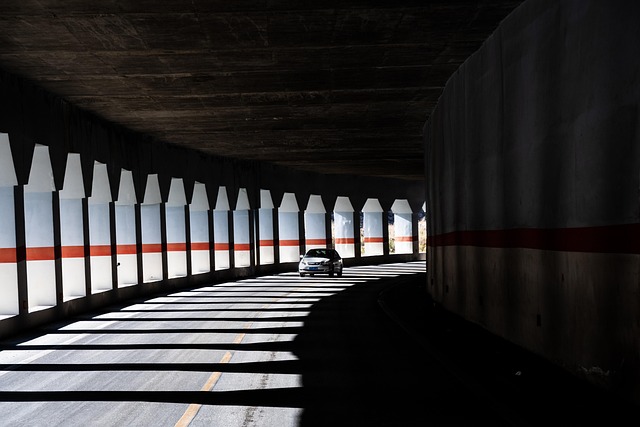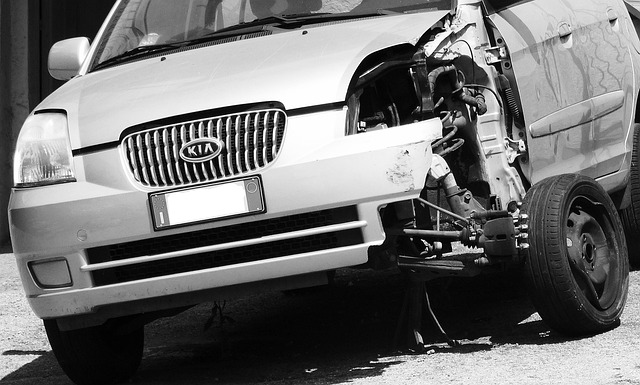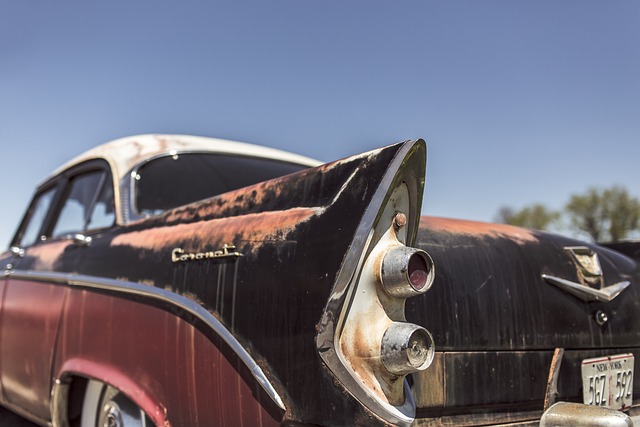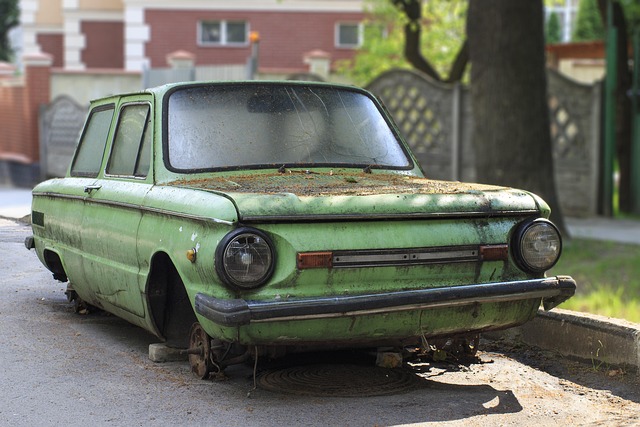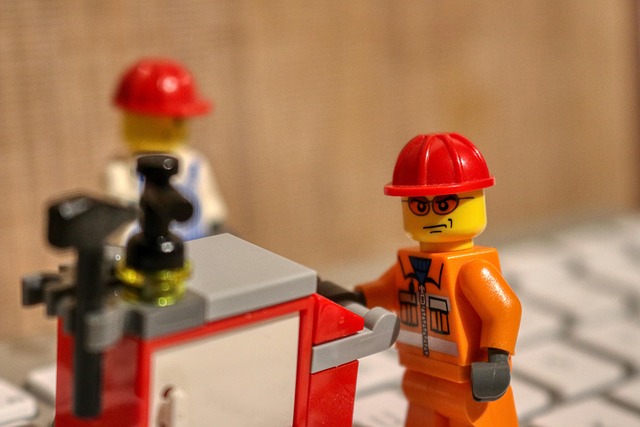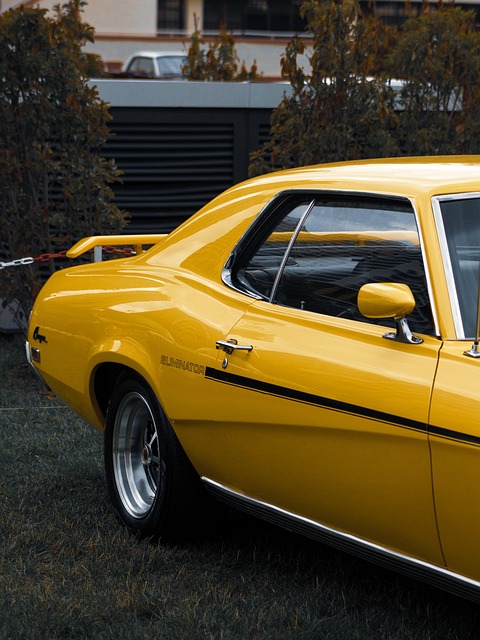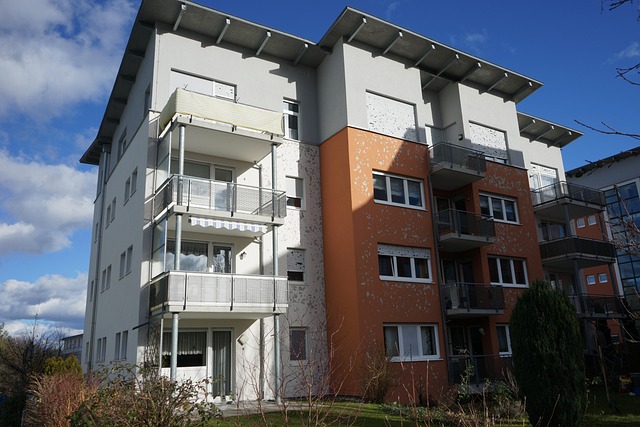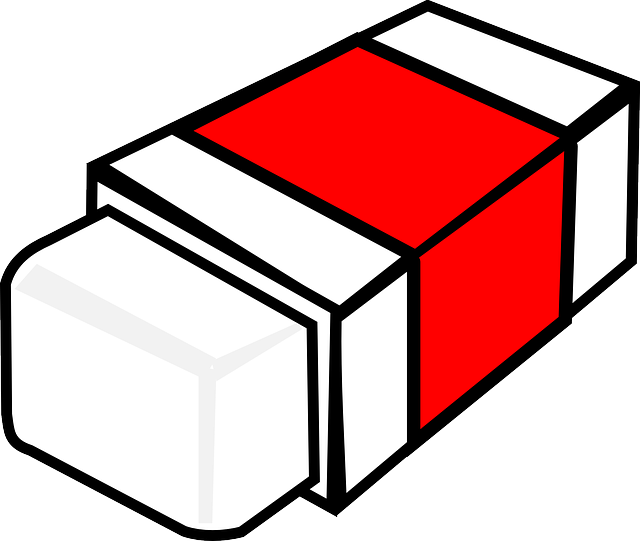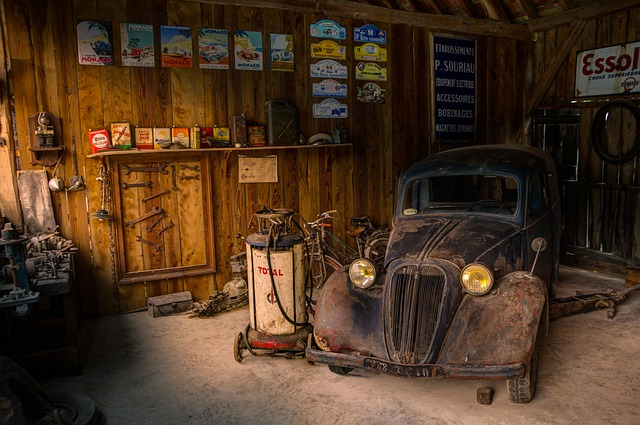This text explores various automotive paint types and their unique benefits, emphasizing the importance of choosing the right one for long-lasting vehicle protection. It highlights key differences between options like solvent-based paints, water-borne coatings, polyurethane, epoxy, and hybrid formulas, focusing on aesthetics, environmental impact, durability, and resistance to chipping and corrosion. The article stresses that superior automotive paint performance relies on both high-quality products from reputable manufacturers and meticulous surface preparation, with regular maintenance crucial for protecting vehicles in diverse environments.
In the world of automotive aesthetics, the durability of paint is a top priority for vehicle owners. This comprehensive guide aims to demystify the various automotive paint types and their longevity. We’ll explore the factors that impact paint durability, from environmental conditions to paint composition. By understanding these elements, car enthusiasts can make informed decisions when choosing a durable automotive paint type, ensuring their vehicles maintain a vibrant finish for years to come.
- Understanding Automotive Paint Types
- Factors Affecting Durability of Automotive Paint
- Top Picks for Durable Automotive Paint Types
Understanding Automotive Paint Types
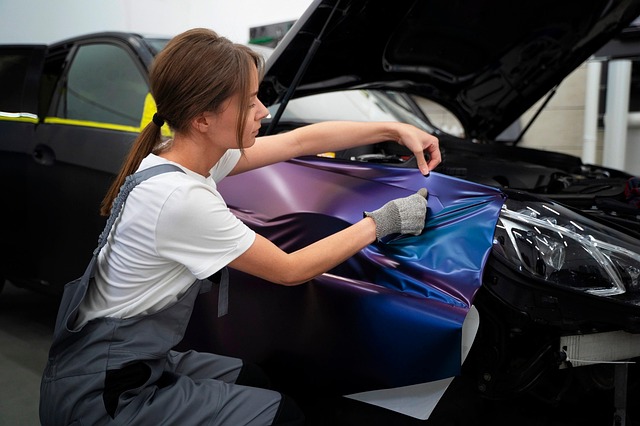
Understanding Automotive Paint Types
Automotive paint types vary significantly in terms of composition, application methods, and durability. The primary types include conventional solvent-based paints, water-borne coatings, and polyurethane finishes. Each type offers unique benefits and drawbacks in terms of aesthetics, environmental impact, and longevity. Solvent-based paints, for instance, provide a rich, glossy finish but can emit harmful fumes and require more time to dry. On the other hand, water-borne coatings are eco-friendly, faster drying, and less toxic, making them popular choices for modern auto body services.
While these paint types differ, their ultimate goal is to protect the underlying auto body work from corrosion, UV damage, and wear and tear. The best automotive paint types offer superior adhesion, resistance to chipping and fading, and a smooth, even finish. Incorporating these characteristics ensures that auto painting jobs last longer, maintaining the vehicle’s aesthetic appeal and resale value over time, thereby justifying their investment in quality auto body work.
Factors Affecting Durability of Automotive Paint
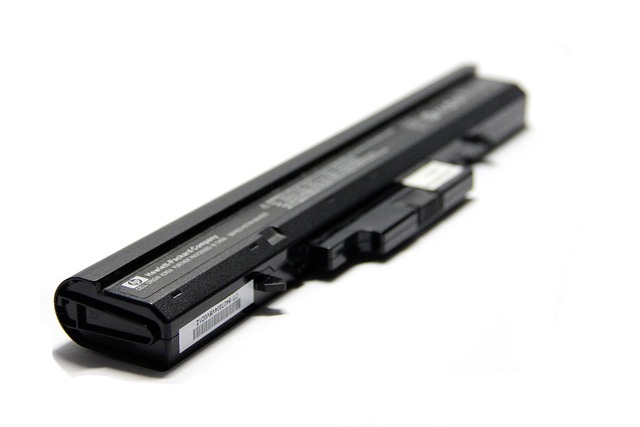
The durability of automotive paint is influenced by several key factors, which every car owner and automotive body shop should be aware of. First and foremost, the quality of the paint itself plays a pivotal role. Different automotive paint types, such as polyester urethane or acrylic polyurethanes, are engineered with varying levels of resistance to chipping, fading, and scratching. This is why choosing high-quality paints from reputable manufacturers is essential for long-lasting protection.
Additionally, the preparation of the car’s surface before painting is critical. A smooth, clean base ensures optimal paint adhesion, which in turn enhances durability. Factors like proper surface sanding, priming, and sealing create a solid foundation for the automotive paint, preventing blisters, bubbles, and an uneven finish that could compromise its longevity. The environment also comes into play; extreme temperatures, harsh sunlight, and exposure to chemicals can accelerate the degradation of even the most robust paints, underscoring the importance of regular maintenance in a reliable car body shop or vehicle repair centre.
Top Picks for Durable Automotive Paint Types
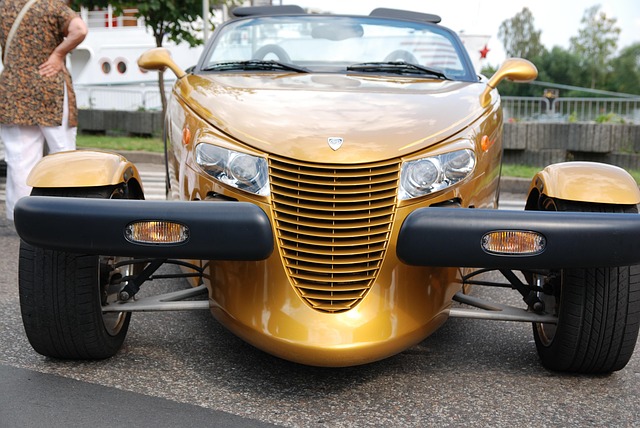
When it comes to ensuring long-lasting protection for your vehicle’s exterior, choosing the right automotive paint type is paramount. Among the various options available, a few stand out for their superior durability, making them top picks in the industry. These include polyurethane and polyurethane hybrid paints, known for their exceptional chip resistance and ability to withstand harsh weather conditions. The advanced formulation of these paints provides a smooth, glossy finish that not only enhances the vehicle’s aesthetics but also acts as a protective barrier against corrosion and damage.
Another highly durable option is epoxy paint, which has gained popularity in both automotive restoration and collision repair sectors. Epoxy coatings offer excellent adhesion and can be applied to damaged frames, providing a robust and long-lasting solution after frame straightening procedures. This type of paint is especially effective in preventing rust and improving the overall structural integrity of the vehicle body during repair processes. Its durability makes it a preferred choice for those seeking high-quality, long-lasting automotive paint types.
When it comes to choosing the best automotive paint for durability, understanding the various types and their unique properties is key. By considering factors like climate, vehicle usage, and desired finish, car owners can make informed decisions. The top pick automotive paint types, as discussed, offer exceptional longevity, resistance to chips and fading, ultimately preserving the vehicle’s aesthetics and value. Remember, investing in durable paint isn’t just about the initial cost; it’s a long-term solution that ensures your car looks its best for years to come.

